The world of canines is remarkably diverse, yet few breeds command the same level of awe and respect as the Bloodhound. Renowned for their extraordinary sense of smell and relentless tracking abilities, these dogs are much more than just skilled hunters. This article delves into the fascinating life of the Bloodhound, exploring its origins, biology, behavior, and its complex relationship with both the natural world and human society.
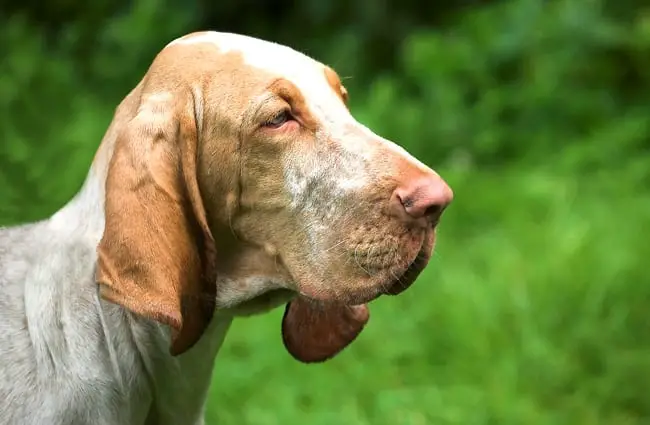
A Legacy of Scent: Understanding the Bloodhound
The Bloodhound, a large breed of hound, is immediately recognizable by its loose skin, droopy ears, and mournful expression. But these physical characteristics are not merely aesthetic; they are integral to the breed’s remarkable abilities. Their wrinkled skin increases the surface area available for scent molecules to adhere, while long ears help trap odors, and the loose lips further aid in directing scents toward the highly sensitive nose. The breed’s name itself speaks to its history – “Bloodhound” does not refer to a predilection for blood, but to its “noble blood” or lineage as a hound prized by royalty and aristocracy.
Origins and Evolution
The Bloodhound’s ancestry can be traced back to ancient Greek hounds and possibly to the St. Hubert Hound of Belgium, developed in the Middle Ages for tracking deer and wild boar. These early hounds were meticulously bred by monks and nobles, emphasizing scent tracking abilities. Over centuries, the breed spread throughout Europe, becoming a favorite among the aristocracy for hunting large game. English nobles, in particular, refined the breed, and it was they who ultimately established the characteristics we recognize in the modern Bloodhound. The breed’s arrival in the United States occurred in the 19th century, where it found a new purpose in tracking runaway slaves and later, in law enforcement.
Physical Characteristics and Biology
Adult Bloodhounds typically stand between 23 and 27 inches tall at the shoulder and weigh between 80 and 110 pounds. Their coat is short, dense, and comes in various colors including black and tan, liver and tan, and red. A key aspect of their anatomy is their exceptionally large nasal cavity, containing an estimated 300 million olfactory receptor cells – significantly more than humans and many other canine breeds. This gives them an unparalleled ability to detect and discriminate scents, even those that are days or weeks old. They also possess a specialized scent-detecting part of the brain that’s larger than most other breeds. Their deep chest cavity provides ample space for lung capacity, enabling them to sustain prolonged tracking sessions.
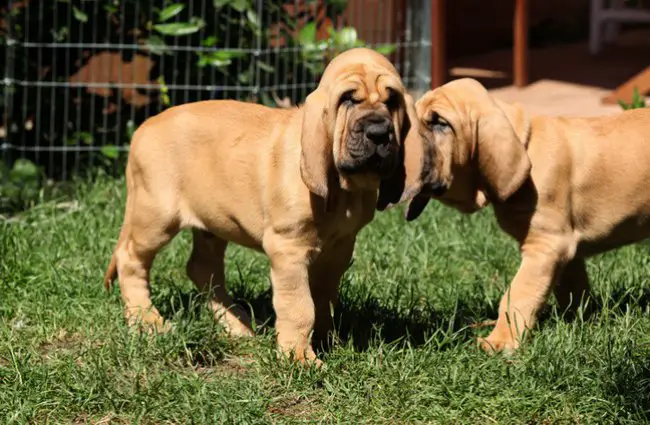
Life in the Wild and Habitat
While today Bloodhounds are predominantly domesticated, understanding their potential habitat and behavior in a wild or semi-wild state is insightful. Historically, they thrived in the heavily forested regions of Europe, where their scent-tracking skills were essential for hunting large game. Their stamina allows them to cover considerable distances, and they can navigate varied terrain, including forests, fields, and even waterways. Their powerful paws and muscular build contribute to their endurance. In the wild, they would rely on pack dynamics to locate and pursue prey, using their collective scent-tracking abilities to find food. They are not particularly fast runners, but their relentless pursuit and exceptional sense of smell more than compensate for this.
Dietary Habits
As carnivores, Bloodhounds require a diet rich in protein. In the wild, their prey would consist of large mammals like deer, wild boar, and other ungulates. They would also supplement their diet with smaller animals, birds, and occasional scavenged carcasses. Today, domesticated Bloodhounds are typically fed a high-quality commercial dog food formulated to meet their nutritional needs. However, it’s important to ensure they receive sufficient protein and fats to support their energy levels and maintain their muscle mass.
Behavior and Social Interactions
Bloodhounds are known for their gentle, even‑tempered disposition, but they can be independent and determined. Their strong scent drive means they can become intensely focused on a scent, often to the exclusion of everything else. This can make recall training challenging, and they require a securely fenced yard to prevent them from following a scent trail and wandering off. They are generally good with children and other dogs, but early socialization is crucial to ensure they develop appropriate social skills.
Mating and Reproduction
Bloodhounds typically reach sexual maturity between 12 and 18 months of age. The heat cycle in females lasts approximately 2 to 3 weeks, and the interval between heats is about 6 to 8 months. Gestation lasts approximately 63 to 65 days, resulting in a litter of 5 to 10 puppies. Puppies are born blind and deaf, and they rely entirely on their mother for care and nourishment. They begin to open their eyes and ears around 2 to 3 weeks of age and start to explore their surroundings. Early socialization and training are vital for developing well‑adjusted adults.
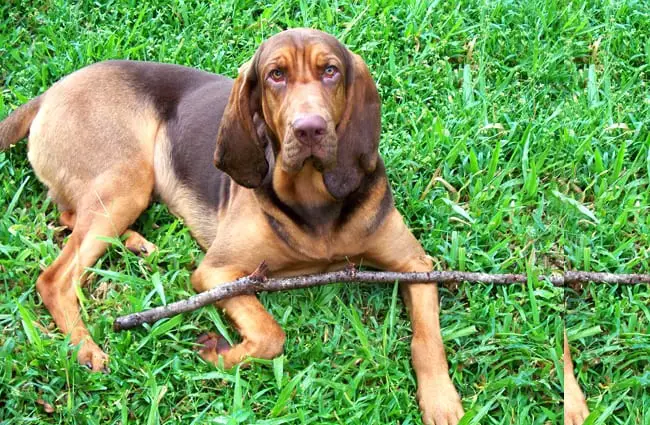
Bloodhound’s Contribution to Ecosystem and Interaction with Other Animals
While primarily known for their interaction with humans, Bloodhounds would play a role in regulating prey populations in a wild or semi‑wild state. Although they are not apex predators, they may help control the numbers of large herbivores by hunting or scavenging, preventing overgrazing and maintaining ecosystem health. Their scavenging habits also contribute to the decomposition of carcasses, returning nutrients to the soil. In modern times, their role in conservation is less direct but still important. They’ve been utilized in tracking endangered species for research and monitoring purposes, aiding in conservation efforts.
The Bloodhound and Human Culture
Throughout history, the Bloodhound has held a prominent place in human culture. They were highly valued by European royalty for hunting, and their tracking abilities were legendary. In the American South, they were tragically used to track runaway slaves. More recently, they have become invaluable assets to law enforcement agencies, used to track missing persons, apprehend criminals, and locate evidence. Their intelligence and dedication have earned them a reputation as some of the most effective tracking dogs in the world. They are often featured in detective fiction, symbolizing relentless pursuit and unwavering determination.
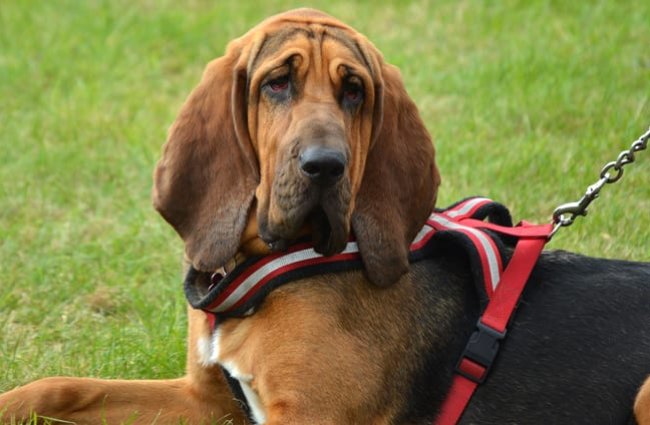
Encountering a Bloodhound in the Wild – Safety and Considerations
While encounters with wild Bloodhounds are rare, it’s essential to know how to react if you do come across one. First, maintain a safe distance. While generally gentle, a Bloodhound focused on a scent may be oblivious to your presence. Avoid making sudden movements or loud noises that could startle the dog. Do not approach or attempt to interact with the dog, especially if it appears to be actively tracking a scent. If the dog approaches you, remain calm and avoid direct eye contact. Slowly back away, giving the dog plenty of space. If you are concerned about your safety, contact local wildlife authorities.
Caring for a Bloodhound in Captivity – Zookeeper Considerations
For zookeepers caring for Bloodhounds, several key considerations are crucial. Bloodhounds require ample space to roam and explore. Their enclosure should be large and secure, with a variety of surfaces to stimulate their senses. Regular exercise is essential to prevent obesity and maintain their physical health. Provide plenty of enrichment activities, such as scent trails, puzzle toys, and interactive games. Bloodhounds are prone to ear infections due to their long, floppy ears, so regular ear cleaning is vital. Monitor their weight closely, as they can gain weight easily. Provide a balanced diet formulated to meet their nutritional needs. Socialization with other animals and humans is important for their emotional well‑being.
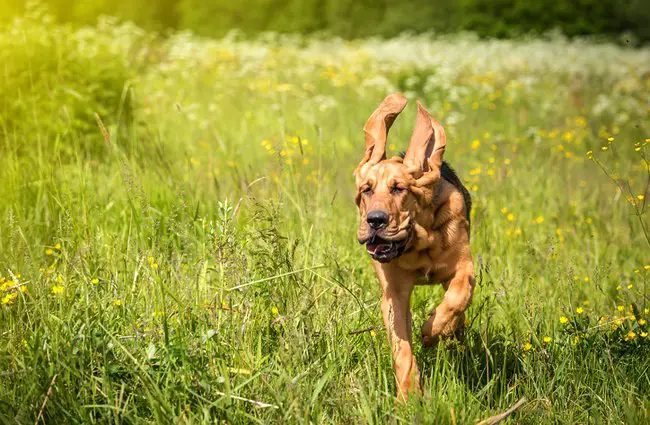
Fascinating Bloodhound Facts
Here are some intriguing facts about this remarkable breed:
- A Bloodhound’s sense of smell is said to be 4,000 times more sensitive than a human’s.
- They can follow a scent trail that is over 130 years old.
- Bloodhounds have been admitted as evidence in court due to the reliability of their tracking abilities.
- They are known for their mournful baying sound.
- Their wrinkled skin helps to trap scents and direct them toward their nose.
- They can be prone to bloat, a life‑threatening condition that requires immediate veterinary attention.
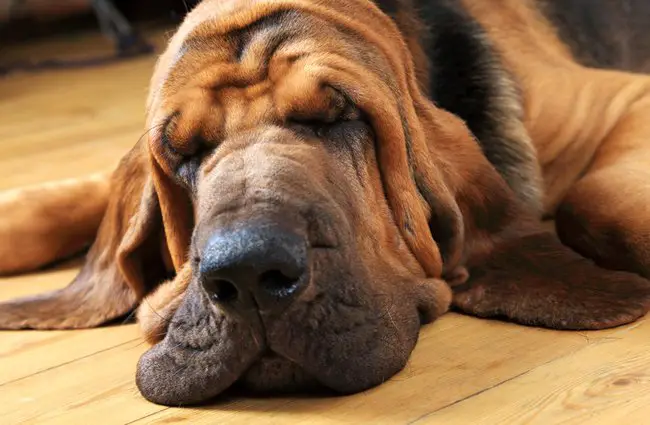
The Bloodhound is a testament to the power of selective breeding and the remarkable capabilities of the canine nose. From its noble lineage to its modern‑day contributions, this breed continues to fascinate and inspire. Understanding their history, biology, and behavior is crucial for appreciating their unique qualities and ensuring their well‑being for generations to come.

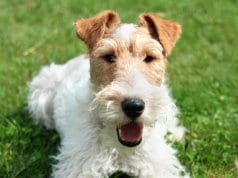
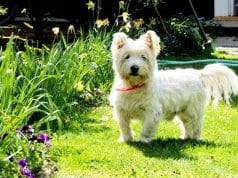
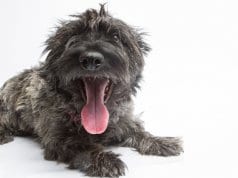
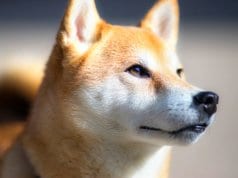

![Red Angus Closeup of a beautiful Red Angus cowPhoto by: U.S. Department of Agriculture [pubic domain]https://creativecommons.org/licenses/by/2.0/](https://animals.net/wp-content/uploads/2020/03/Red-Angus-4-100x75.jpg)

